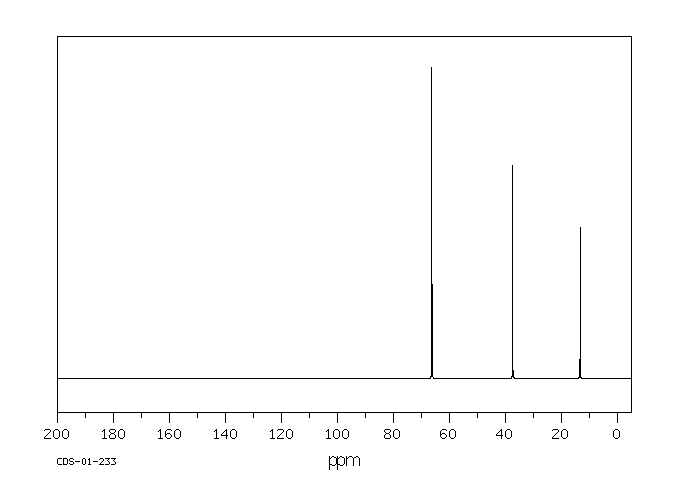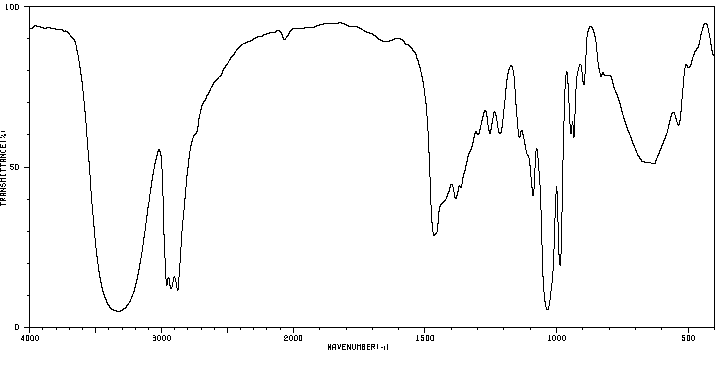毒理性
识别和使用:2-甲基-1,3-丙二醇是一种无色透明的液体。它被用作个人护理产品中的溶剂(中和剂、润肤剂、乳化剂和保湿剂),也用于树脂和涂料的制造。人体研究:2-甲基-1,3-丙二醇对人类皮肤无刺激性。五项研究评估了它对人类皮肤的潜在致敏性。在诱导阶段,部分受试者出现了轻微的皮肤刺激(<10%的参与者)。在只有一项研究的挑战阶段,观察到轻微的迟发型反应(<5%的受试者),但不清楚这些反应是刺激性的还是过敏性的。人类淋巴细胞在无代谢激活的条件下暴露于10-5000 g/mL的2-甲基-1,3-丙二醇,以及在代谢激活存在的条件下暴露于333-5000 ug/mL的2-甲基-1,3-丙二醇。在任何剂量下均未观察到细胞毒性。染色体畸变的生物学意义上的增加并未出现。动物研究:2-甲基-1,3-丙二醇对兔皮肤和兔眼无刺激性。在豚鼠的最大化测试中,2-甲基-1,3-丙二醇有轻微致敏性。大鼠(每组10只/性别)通过灌胃给予2-甲基-1,3-丙二醇,剂量为5000 mg/kg-bw,观察期为14天。毒性临床体征包括腹泻、鼻涕和肛门生殖区的污染。家兔(每组10只/性别)通过皮肤给予2-甲基-1,3-丙二醇,剂量为2000 mg/kg-bw,持续24小时,观察期为14天。毒性临床体征包括腹泻、黄色鼻涕、少量粪便、腹部膨胀和肛门生殖区的污染。在另一项实验中,大鼠的两代生殖毒性研究未观察到发育效应。在另一实验中,从给予1000 mg/kg-bw/day的母鼠的幼崽中观察到胎儿体重略有下降(<2%的下降)。在大鼠中它不具有致畸性。2-甲基-1,3-丙二醇在鼠伤寒沙门氏菌TA1537、TA98、TA1535和TA100菌株以及中国仓鼠细胞(V79)中,无论是否进行代谢激活,均不具有诱变性。生态毒性研究:该化学物质对鲤鱼(Cyprinus carpio)、水蚤(Daphnia magna)或绿藻(Scendesmus subspicatus)均不具有毒性。
IDENTIFICATION AND USE: 2-Methyl-1,3-propanediol is a clear, colorless liquid. It is used as a solvent in personal care products (neutralizer, emollient, emulsifier, and humectant) as well as in the manufacture of resins and coatings. HUMAN STUDIES: 2-Methyl-1,3-propanediol was not irritating to human skin. Five studies evaluated the potential for dermal sensitization in humans. Mild skin irritation was observed in some subjects during the induction phase (< 10% of participants). A mild delayed reaction was seen during the challenge phase in only one study (< 5% of subjects), but it is unclear if these were irritant or allergic in nature. Human lymphocytes were exposed to 2-methyl-1,3-propanediol at concentrations of 10-5000 g/mL in the absence of metabolic activation and 333- 5000 ug/mL in the presence of activation. Cytotoxicity was not observed at any dose. There was no biologically meaningful increase in chromosomal aberrations. ANIMAL STUDIES: 2-Methyl-1,3-propanediol was not irritating to rabbit skin and rabbit eyes. 2-Methyl-1,3-propanediol was mildly sensitizing in a guinea pig maximization test. Rats (10/sex) were administered 2-methyl-1,3-propanediol via gavage at 5000 mg/kg-bw and observed for 14 days. Clinical signs of toxicity included diarrhea, chromorhinorrhea and soiling of the anogenital area. Rabbits (10/sex) were administered 2-methyl-1,3-propanediol dermally at 2000 mg/kg-bw for 24 hours and observed for 14 days. Clinical signs of toxicity included diarrhea, yellow nasal discharge, few feces, bloated abdomen and soiling of the anogenital area. No developmental effects was noted in a two-generation reproductive toxicity study in rats. In another experiment, a slight decrease in fetal body weight (< 2% decrease) was observed in litters from dams given 1000 mg/kg-bw/day. It was not teratogenic in rats. 2-Methyl-1,3-propanediol was not mutagenic in Salmonella typhimurium strains TA1537, TA98, TA1535 and TA100 and in Chinese hamster cells (V79) with or without metabolic activation. ECOTOXICITY STUDIES: The chemical was not toxic to Carp (Cyprinus carpio), water fleas (Daphnia magna), or green algae (Scendesmus subspicatus).
来源:Hazardous Substances Data Bank (HSDB)










